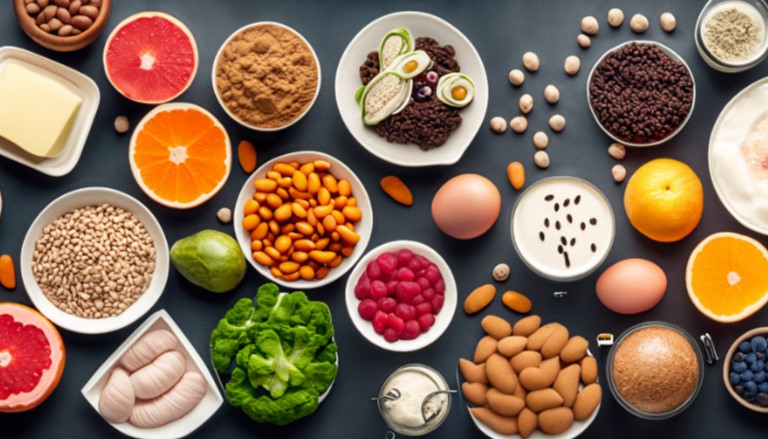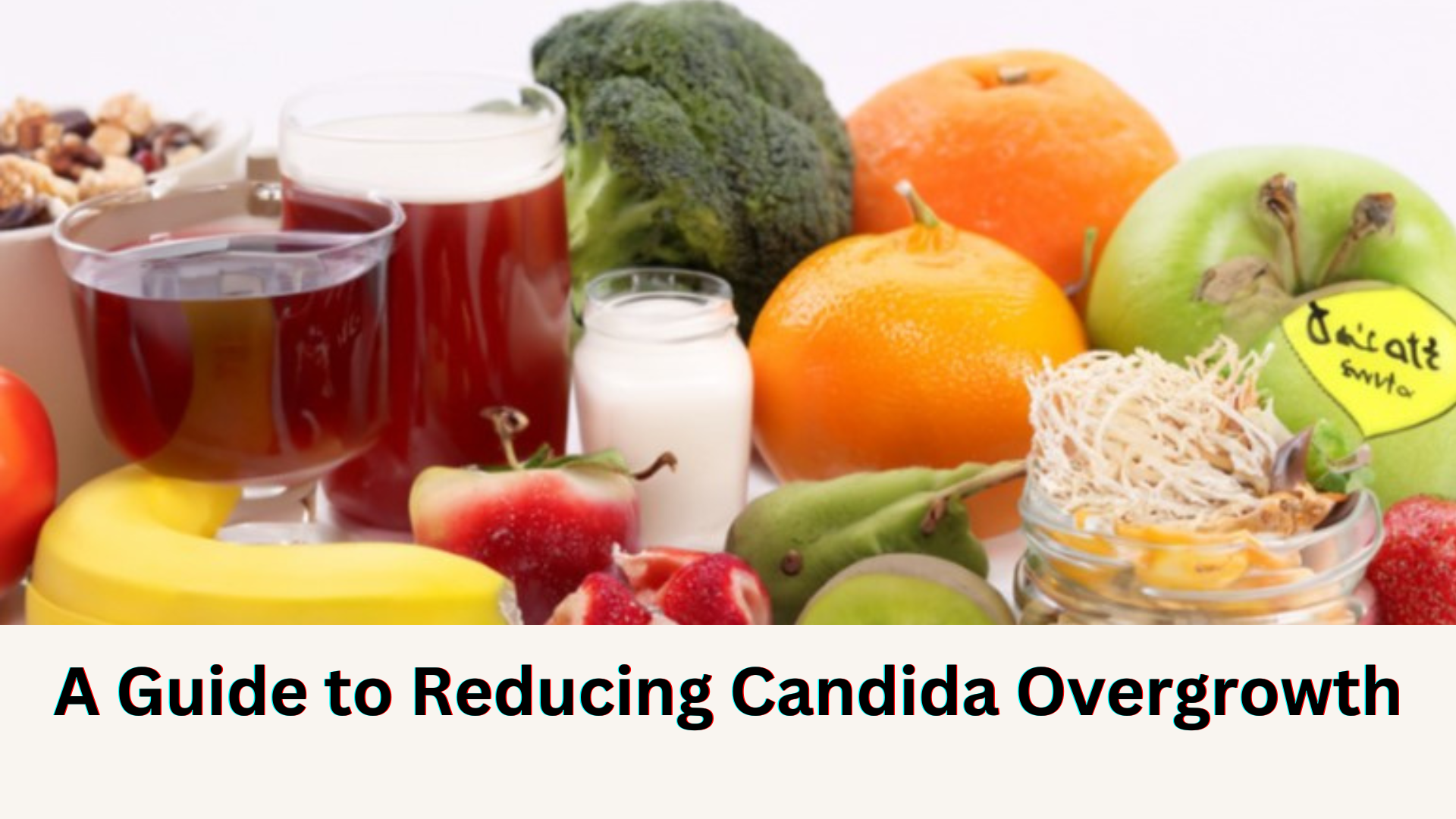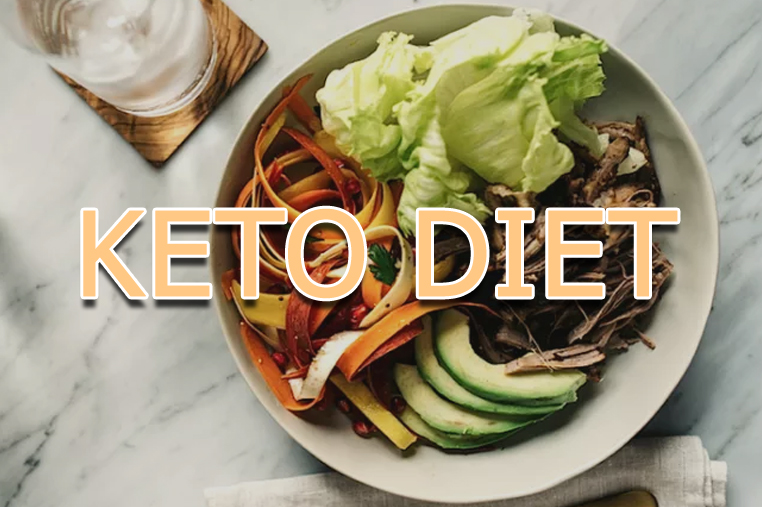Introduction
Candida overgrowth, a condition caused by excessive growth of Candida yeast in the body, can lead to various digestive health issues, including yeast infections, skin problems, and digestive disturbances. The Candida dieetti, a specialized dietary approach, aims to control Candida overgrowth by starving the yeast and promoting a healthy gut environment.
Understanding the Candida dieetti
The Candida dieetti is a short-term plan that targets the underlying factors contributing to Candida overgrowth. By eliminating foods that Candida thrives on and incorporating gut-friendly options, this diet seeks to restore the body’s natural balance.
Candida-friendly foods to Include and Avoid
To follow the Candida diet properly, you must be cautious of the things you eat and avoid. Here’s a breakdown:
Foods to Avoid
- Sugar: Refined sugars, sweet treats, and sugary beverages should be avoided as Candida feeds on sugar.
- Processed Carbohydrates: Foods like white rice, pasta, and bread contain simple carbs that can fuel Candida growth.
- Yeast-Containing Foods: Yeast-based products, such as bread, beer, and wine, are best avoided.
- Alcohol: Alcoholic beverages can disrupt gut digestive health and promote Candida overgrowth.
- Dairy Products: Dairy can be a source of inflammation and may exacerbate candidiasis symptoms.
Foods to Include
- Non-starchy Vegetables: Incorporate a wide range of vegetables like broccoli, spinach, and carrots that support gut health.
- Lean Protein: Opt for lean protein sources like chicken, fish, and tofu to provide essential amino acids.
- Healthy Fats: Olive oil, avocados, and nuts are excellent choices for healthy fats.
- Probiotic-Rich Foods: Foods like yogurt, kefir, and sauerkraut introduce beneficial bacteria into the gut.
- Anti-Fungal Foods: Garlic, onions, and coconut oil possess natural anti-fungal properties.
Getting Started with the Candida dieetti

Before embarking on the Candida Diet, it’s essential to consult with your healthcare provider to ensure it is suitable for your specific needs. If you want to start i have some tips:
- Educate Yourself: Understand the principles and phases of the Candida Diet to ensure proper adherence.
- Plan Your Meals: Create meal plans that incorporate a variety of Candida-friendly foods.
- Stock Your Kitchen: Ensure your pantry and fridge are stocked with the necessary ingredients to support your diet.
- Be Patient and Consistent: Allow time for your body to adjust and for the diet to take effect.
Understanding Candida Overgrowth and Its Symptoms
-
- Explanation of Candida albicans and its role in the body
- Factors contributing to Candida overgrowth
- Common symptoms of Candida overgrowth (yeast infections, oral thrush, skin rashes, etc.)
The Connection Between Diet and Candida Overgrowth
-
- How diet affects gut digestive health and Candida growth
- Impact of high-sugar and processed food diets on Candida overgrowth
- The role of a balanced diet in promoting gut health and reducing Candida
The Science Behind the Candida dieetti
-
- Research studies supporting the effectiveness of the Candida Diet
- Scientific mechanisms of how the Balanced Diet helps to control Candida overgrowth
- Insights into the microbiome and its importance in maintaining health
The Three Phases of the Candida Diet
-
- Explanation of the elimination phase, rotation phase, and maintenance phase
- Detailed guidelines for each phase, including allowed and restricted foods
- Tips for transitioning between phases for optimal results
The Importance of Probiotics and Prebiotics
-
- Understanding the role of probiotics in maintaining a healthy gut
- The benefits of prebiotic foods in supporting probiotic growth
- How probiotics help combat Candida overgrowth and improve overall gut health
Sample Meal Plans for the Candida dieetti
-
- Breakfast, lunch, and dinner ideas adhering to the Candida Diet principles
- Creative gut-friendly recipes that include Candida-friendly ingredients
- Snack options to curb cravings and maintain the Balanced Diet successfully
The Candida dieetti and Its Impact on Skin Health
-
- The link between Candida overgrowth and skin issues (rashes, acne, etc.)
- How the Candida Diet can improve skin health and appearance
- Testimonials and success stories from individuals who experienced skin improvements
Tips for Overcoming Challenges on the Candida dieetti
-
- Coping with sugar cravings and temptations
- Strategies to stay motivated and committed to the diet
- Addressing social situations and dining out while on the Candida Diet
The Role of Supplements in Supporting the Candida dieetti
-
- Essential vitamins and minerals for overall health during the diet
- Probiotic supplements to aid gut flora restoration
- Herbal remedies that may complement the Candida Diet
How to Monitor Progress and Evaluate the Candida Diet’s Effectiveness
- Identifying improvements in candidiasis symptoms over time
- Keeping track of dietary changes and their impact on gut health
- Consulting with healthcare professionals for a comprehensive evaluation
Lifestyle Factors Contributing to Candida Overgrowth
- The impact of chronic stress on gut health and Candida growth
- Sleep patterns and their connection to immune function and candidiasis
- Strategies for managing stress and improving overall lifestyle habits
Candida Overgrowth in Specific Populations
- Candida issues in women: How hormonal changes and pregnancy can affect candidiasis
- Candida overgrowth in individuals with weakened immune systems (e.g., HIV patients, cancer patients)
- Candida and its relation to autoimmune conditions: Exploring the potential link
Candida Diet and Weight Management
- Addressing weight concerns related to Candida overgrowth
- The impact of the Candida dieetti on metabolism and weight loss
- Balancing caloric intake while adhering to the Balanced Diet’s restrictions
The Role of Hydration in Candida Control
- The importance of proper hydration for gut digestive health
- Hydration’s impact on the body’s ability to flush out toxins and maintain balance
- Hydrating strategies to support the Candida Diet and overall health
Exercise and Candida Control
- The link between physical exercise and gastrointestinal health
- The effects of regular exercise on the immune system and candidiasis prevention
- Recommended exercise routines for individuals on the Candida Diet
Candida dieetti and Mental Health
- Candida overgrowth’s potential impact on mood and mental well-being
- Gut-brain axis: How gut health influences mental health
- Incorporating mood-boosting foods in the Candida Diet
Candida Diet for Children and Adolescents
- Candida overgrowth concerns in pediatric populations
- Adaptations of the Candida Diet for children’s nutritional needs
- Parental guidance and support during the diet
Long-Term Gut Health Maintenance
- Transitioning to a balanced diet post-Candida Diet completion
- Sustainable eating habits for maintaining gut health
- The importance of periodic candidiasis monitoring and proactive measures
Combining the Candida dieetti with Other Therapies
- Complementary therapies (herbal supplements, acupuncture, etc.) in candidiasis management
- Integrative approaches for individuals with chronic candidiasis
- Collaboration between healthcare providers to develop a holistic treatment plan
Success Stories and Testimonials from Candida dieetti Followers
- Real-life experiences of individuals who successfully managed Candida overgrowth through the diet
- Inspiring stories of improved health and well-being on the Candida Diet
- Tips and advice from those who have overcome challenges during the diet
Conclusion
The Candida dieetti is a well-structured dietary approach aimed at restoring gut health and reducing Candida overgrowth. By being mindful of the foods you consume and adhering to the different phases of the diet, you can promote a balanced gut environment and alleviate candidiasis symptoms. If you suspect candida overgrowth, seek guidance from your healthcare provider to embark on this journey to improved gut health.
People also ask
What is the best Candida treatment?
The first antifungal therapy advised for most people is an echinocandin (caspofungin, micafungin, or anidulafungin) administered intravenously (IV). In some cases, fluconazole, amphotericin B, and other antifungal drugs may be suitable.
What are symptoms of high Candida?
Candidiasis, commonly known as yeast overgrowth, is a common ailment that causes bloating, constipation, rashes, fungal infections, tiredness, intellectual fog, and mood disturbances.
How long does the Candida dieetti take to work?
Most individuals may have lasting recovery from Candida symptoms within a few weeks or months. Others may need to remove white carbohydrates, sugary meals, and alcohol for an extended period of time to keep the overgrowth from recurring.
Is Diflucan good for Candida in the gut?
If you have a Candida overgrowth, your physician may prescribe Diflucan. It might be for either oral or vaginal thrush, or because you have signs of Candida overgrowth in your stomach.



